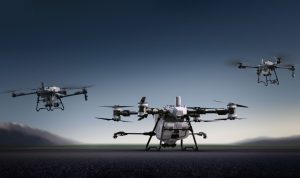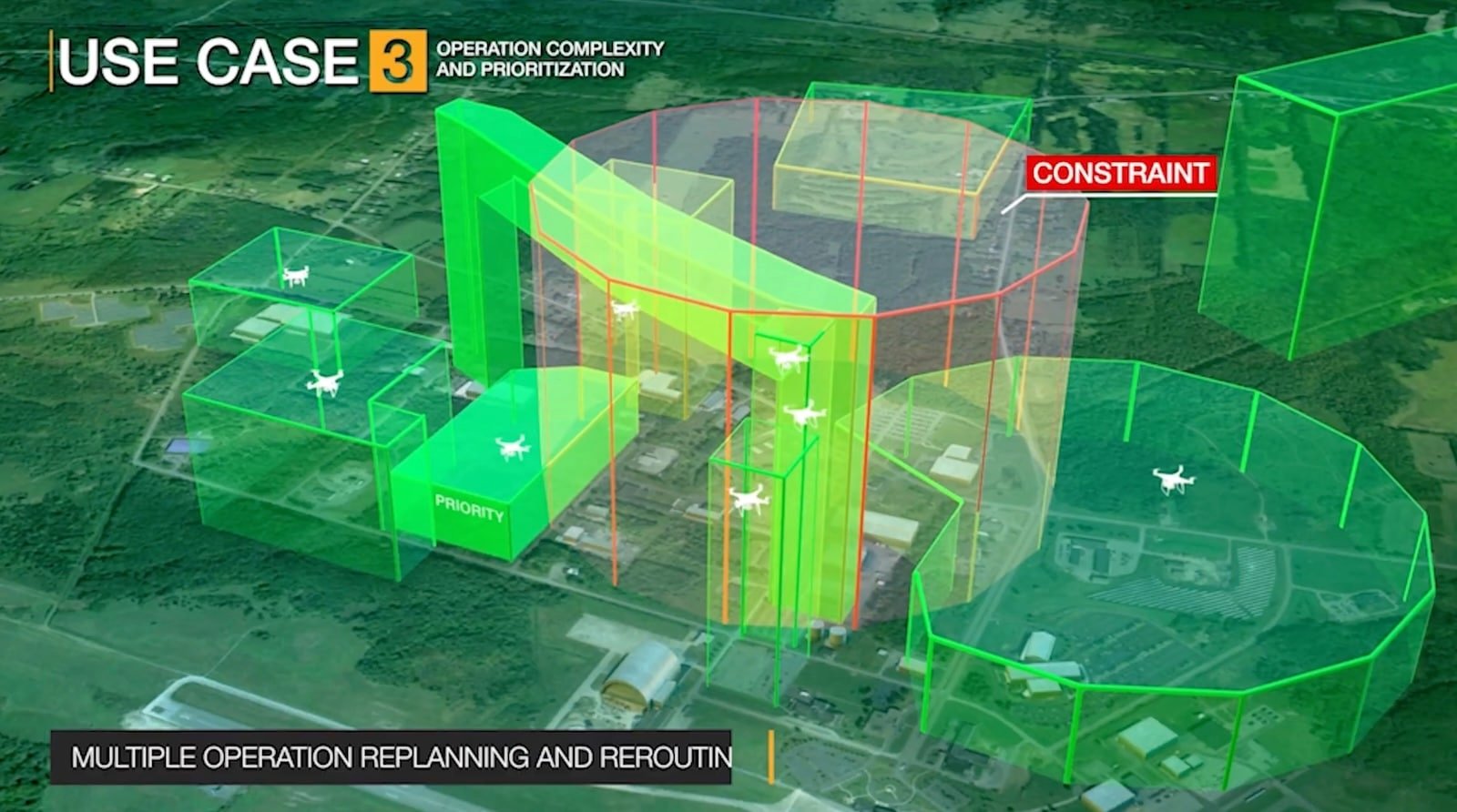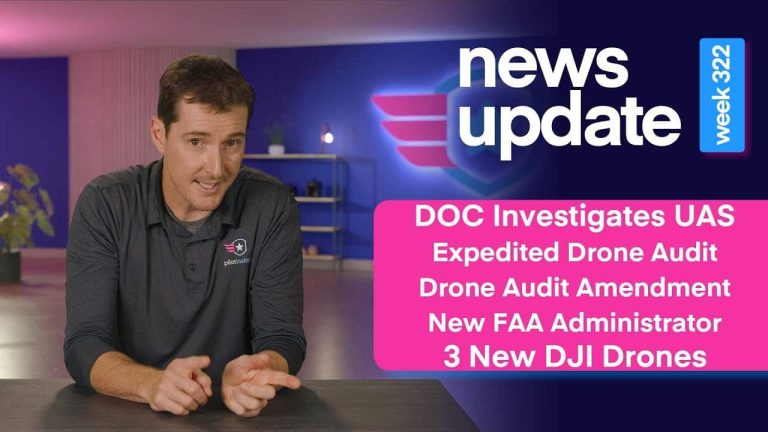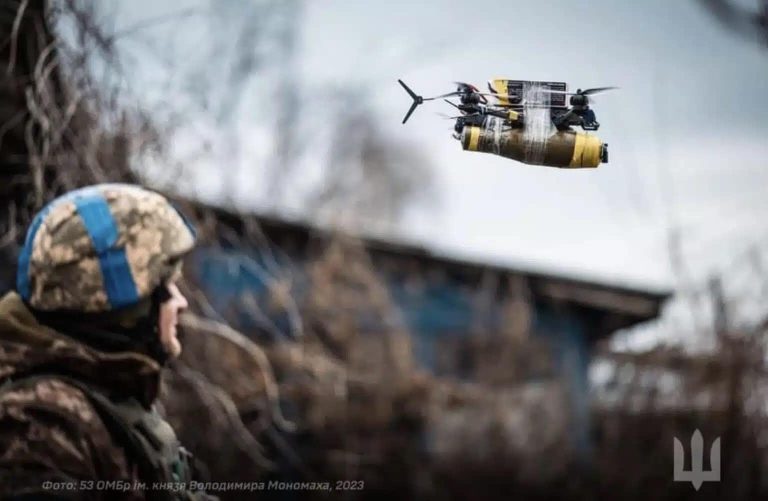Innovative Testing for Beyond Visual Line of Sight Drone Operations
The Federal Aviation Administration (FAA), in collaboration with the National Aeronautics and Space Administration (NASA) and three Unmanned Aircraft System (UAS) Test Sites, has successfully conducted the Unmanned Aircraft System Traffic Management (UTM) Field Test (UFT).
This groundbreaking initiative involved the Virginia Tech Mid-Atlantic Aviation Partnership (MAAP), Lone Star UAS Center of Excellence and Innovation (LSUASC), and the New York UAS Test Site (NYUASTS) at Griffiss International Airport.
The UFT, stretching from summer 2022 to summer 2023, was a pivotal step in validating standards and evaluating capabilities crucial for beyond visual line of sight (BVLOS) drone operations in real-world scenarios.
Key Focus Areas of the UTM Field Test
The UFT focused on several critical areas that are vital for the efficient and safe management of drone traffic, especially as drones are increasingly integrated into national airspace:
- Industry Services Supporting UTM: Service providers like ANRA Technologies and Collins Aerospace played a significant role in demonstrating how the industry can support UTM operations effectively.
- Planning and Coordination in Complex Environments: The UFT showcased the ability of various stakeholders to coordinate effectively in challenging operational environments.
- Priority Status of Operational Intent: Understanding and managing the priority of different drone operations was a key aspect of the tests.
- Data Correlation Service Enhancements: Improving data services for better decision-making and operational efficiency was a significant focus.
- Identity and Access Management: This component was crucial in ensuring secure and authorized access to UTM services.
Technological Achievements and Partnerships
The UFT marked a significant achievement in drone traffic management, with over 800 live flights conducted, primarily with Griffiss International Airport, New York, and Virginia Tech, Mid-Atlantic Aviation Partnership in Texas.
It brought together numerous partners, including UAS service providers such as Wing and OneSky, showcasing a collaborative effort to advance Drone Technology.
Advancements in Conformance Monitoring
A crucial aspect of the UFT was to test the ability of service suppliers to support operators in monitoring the conformance of operations. This ensured that drones stayed within their designated airspace volumes. The tests also included security management processes to support trusted message signing, software validation, and data exchange identity information.

Implications for the Future of Drone Technology
Pete Supa, an industry expert, emphasized the importance of real-world evaluation to refine and mature these technologies. He highlighted the significance of data-sharing agreements, standards, and a consensus-based approach by the UTM community to ensure the quality of service and interoperability in real-world applications.
The FAA and NASA’s UTM Field Test is a landmark in the journey toward integrating drones into everyday life and business operations. By focusing on safety, efficiency, and collaboration, the UFT has laid a solid foundation for the future of drone traffic management.
The success of this initiative paves the way for a new era of advanced, safe, and efficient drone operations, fundamentally changing how we think about transportation and logistics in the sky.





















+ There are no comments
Add yours